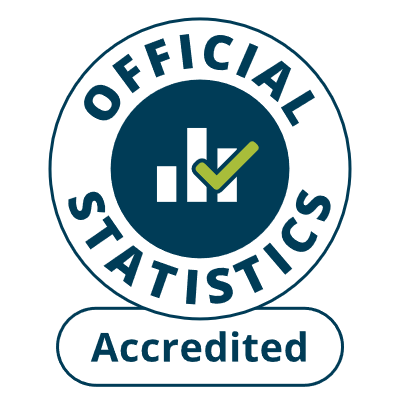
 Jobseeker’s allowance by travel-to-work area, variable and year (not seasonally adjusted)
Jobseeker’s allowance by travel-to-work area, variable and year (not seasonally adjusted)
Archived (English only) – No longer updated.
None
|
|||||||||||||||||||||||||||||||||||||||||||||||||||||||||||||||||||||||||||||||||||||||||||||||||||||||||||||||||||||||||||||||||||||||||||||||||||||||||||||||||||||||||||||||||||||||||||||||||||||||||||||||||||||||||||||||||||||||||||||||||||||||||||||||||||||||||||||||||||||||||||||||||||||||||||||||||||||||||||||||||||||||||||||||||||||||||||||||||||||||||||||||||||||||||||||||||||||||||||||||||||||||||||||||||||||||||||||||||||||||||||||||||||||||||||||||||||||||
Metadata
- Summary information
- High level information
- Statistical quality information
- Weblinks
- Keywords
- Open Data
General description
These data are counts of all persons claiming unemployment-related benefits i.e. Jobseeker’s Allowance. The travel-to-work area boundaries used in the data are those defined by the TTWA07 revision.Data collection and calculation
The data are annual averages and are NOT seasonally adjusted. Rates given in this dataset are expressed as percentages of the resident population aged 16-64.Frequency of publication
AnnualData reference periods
2005 to 2013Title
Claimant count by Welsh travel-to-work area (not seasonally adjusted)Last update
5 March 2014Next update
No longer updatedPublishing organisation
Welsh GovernmentContact email
economic.stats@wales.gsi.gov.ukDesignation
National StatisticsLowest level of geographical disaggregation
Travel to work areasGeographical coverage
WalesLanguages covered
English onlyData licensing
You may use and re-use this data free of charge in any format or medium, under the terms of the Open Government License - see http://www.nationalarchives.gov.uk/doc/open-government-licenceStatistical quality
There are two standard measures of unemployment used in official UK statistics the UK, namely the claimant count and the International Labour Organisation (ILO) unemployment measure. The measures are different and are each subject to advantages and disadvantages.The former is a count of all persons claiming unemployment-related benefits. As such it is not subject to sampling variability and can therefore be disaggregated to very high levels of detail. However, it excludes those who are unemployed who are not eligible to claim (for example those out of work but whose partner works), and those who do not wish to claim.
The ILO measure, which is a count of those who are out of work and want a job, have actively sought work in the last 4 weeks and are available to start work in the next two weeks; plus those who are out of work, have found a job and are waiting to start in the next 2 weeks, is a more encompassing measure of unemployment. However, as the data come from a survey, the results are sample-based estimates and therefore subject to differing degrees of sampling variability, i.e. the true value for any measure lies in a differing range about the estimated value. This range or sampling variability increases as the detail in the data increases, for example local authority data are subject to higher variability than Wales data.
Please see the weblink to the data sources guide for further information.
Weblinks
www.nomisweb.co.uk;http://gov.wales/statistics-and-research/economic-labour-market-statistics-guide-data-sources-useful-links/







 2005
2005